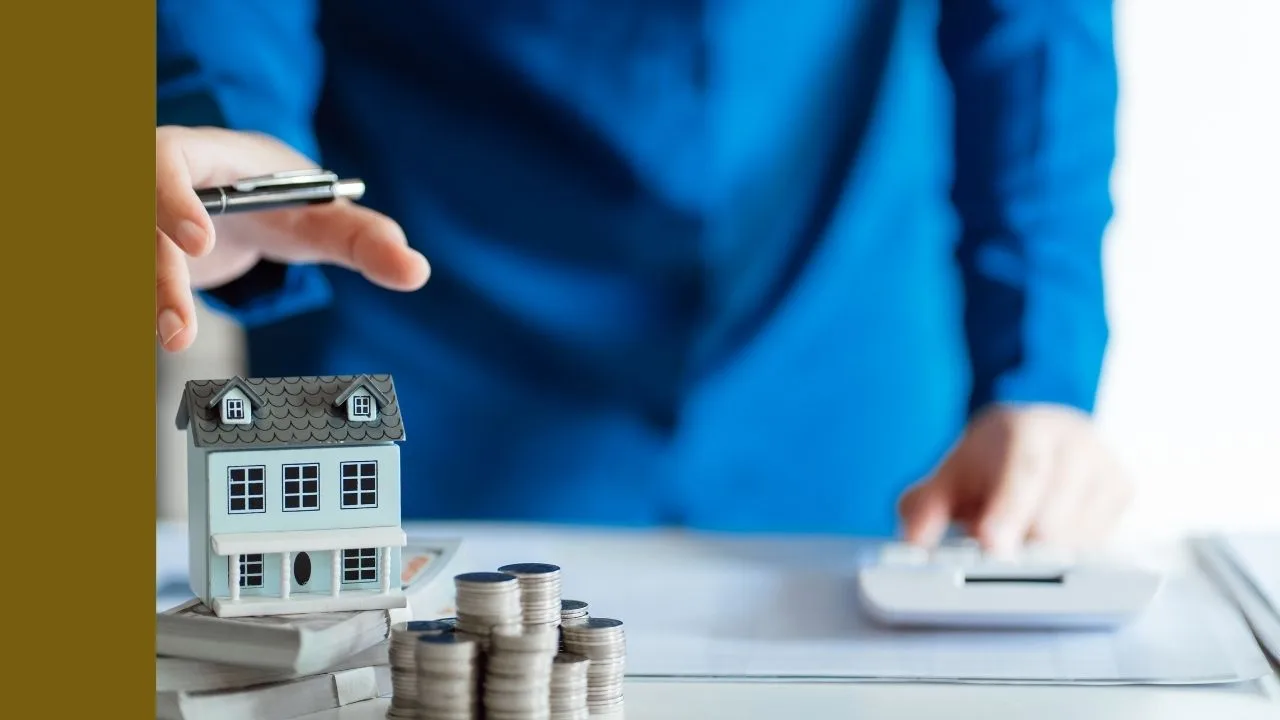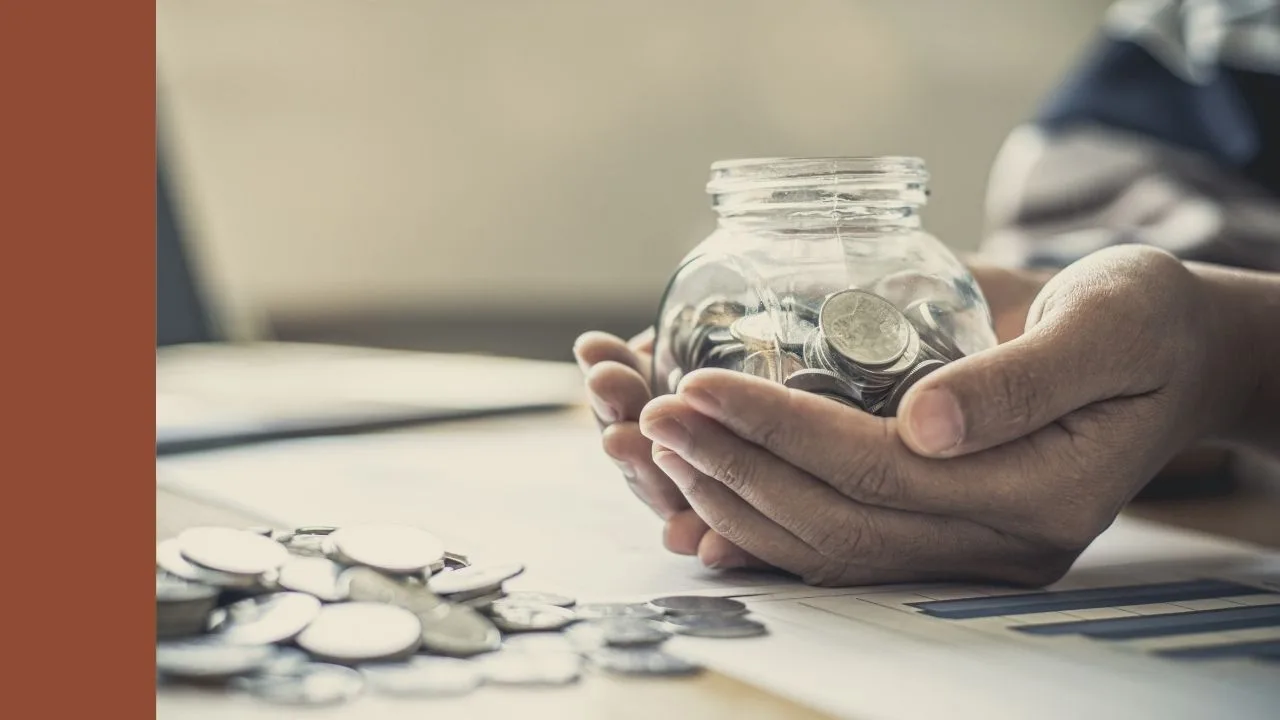If I had to choose one iShares exchange-traded fund (ETF) to buy in 2019, it’d be the iShares S&P 500 ETF (ASX: IVV). In fact, I just bought some shares this week. Here’s why…
About ETFs
Exchange traded funds, or ETFs, are investment funds that are listed on a securities exchange. They can be managed funds or index funds, or in other words, active or passive, and the fees are usually lower than an unlisted investment fund.
ETFs give an investor exposure to many different shares or assets with a single purchase, offering one of the quickest and easiest methods of achieving diversification.
You can find ETFs for different asset classes like shares, bonds, property, commodities or fixed interest. In June, the total value of ASX ETFs reached $50 billion. The Best ETFs Australia website provides a list of all ASX ETFs.
To learn more about ETFs, check out the Rask Finance video below.
Why I Chose IVV
Gaining exposure to the US share market has been on my to-do list for some time. Many talented and successful investors, including Warren Buffett, have said that the average investor would earn the best returns over the long term simply by investing in the S&P 500.
When it came to the provider, I already own the BetaShares Australia 200 ETF (ASX: A200) plus another BetaShares ETF focused on Asian technology companies.
For the purpose of diversification, I didn’t want another BetaShares ETF, so I looked at providers such as Vanguard and iShares.
Two key factors I looked for were low fees and an Australian-domiciled fund. Investing in an ETF based in Australia means there’s no need to complete a US tax form, which is something I’d rather avoid.
The iShare S&P 500 ETF was recently converted to an Australian-domiciled ETF and charges a management fee of just 0.04%.
Some of the companies included in the ETF are Microsoft Corporation (NASDAQ: MSFT), Apple Inc (NASDAQ: AAPL), Amazon.com Inc (NASDAQ: AMZN) and Johnson & Johnson (NYSE: JNJ).
The ETF is well-diversified with around 21.3% invested in Information Technology, 14% in health care and 13% in financials. Importantly, utilities, energy and materials together only make up around 11%. As a holder of an ASX 200 ETF, I already have a large exposure to commodities companies, so I’m not looking to increase that exposure any more than I have to.
But Wait… Isn’t The Market Going To Crash?
Some would argue that now is a bad time to be buying ETFs because we’re ten years into a bull run and the market must surely be reaching a top, right?
Well, the shares I bought this week, and all the other ETFs I own, are designed to be long-term investments. I can’t predict what the market will do, and, as Peter Lynch said, more money has been lost waiting for a market crash than in one.
As a young investor, I have the luxury of investing with a time frame of 10, 20, even 30 plus years, so I’m not worried if the market falls tomorrow because I’m not selling any time soon. I’ll just keep putting money in each month and let the market do the rest.
So, that’s my number one share idea. For Rask’s number one share idea for 2019, check out the free report below.
[ls_content_block id=”14948″ para=”paragraphs”]
Disclosure: At the time of writing, Max owns shares in iShares S&P500 ETF (ASX: IVV) and BetaShares Australia 200 ETF (ASX: A200).







